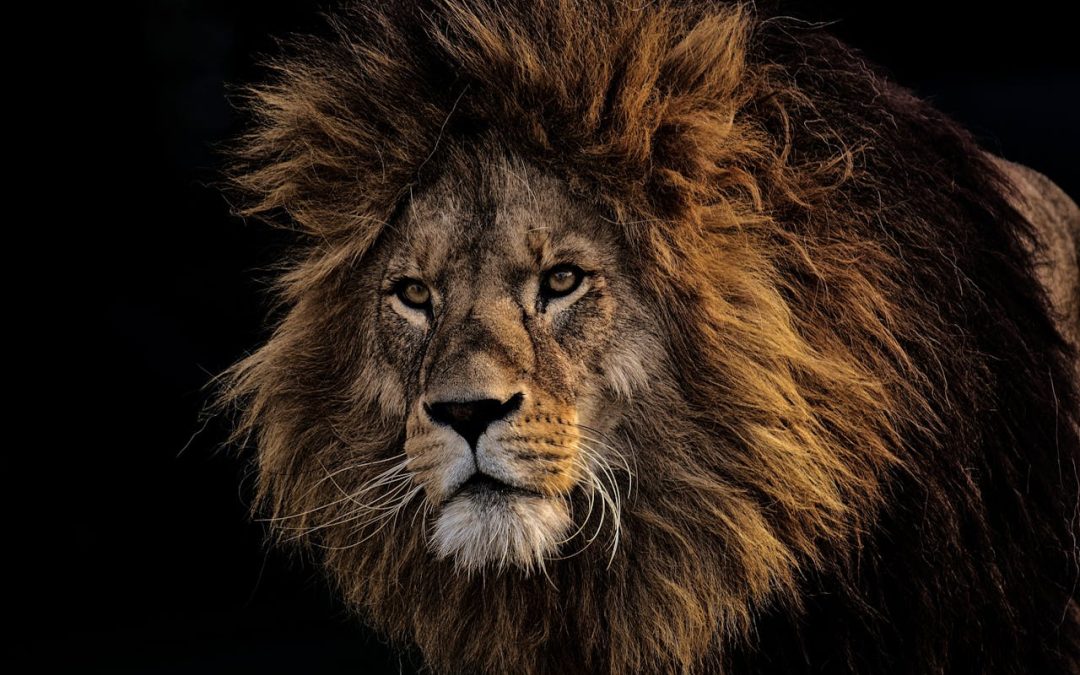Rewilding is the process of restoring ecosystems to their natural, uncultivated state, often by reintroducing species that have been lost or are no longer present in a specific area. It involves not just restoring individual species, but also rebuilding entire ecosystems to function more naturally, with all the elements—flora, fauna, and processes—interacting as they would have in pre-human times.
Here are some key components of rewilding:
- Species Reintroduction: This is one of the most well-known aspects of rewilding, where species that have been driven to extinction or extirpation (local extinction) in certain areas are reintroduced. Examples include the reintroduction of wolves to Yellowstone National Park or beavers to parts of Europe. These species can help restore balance by controlling populations of other animals, promoting biodiversity, or modifying the landscape in ways that benefit the ecosystem.
- Habitat Restoration: Rewilding often involves the restoration of natural habitats that have been degraded by human activity. This could include reforesting areas, reestablishing wetlands, or even rehabilitating coastal ecosystems. The goal is to help these habitats function more naturally, providing spaces for wildlife to thrive.
- Trophic Cascades: The concept of trophic cascades explains how the reintroduction of a predator, like wolves, can have cascading effects throughout an ecosystem, influencing plant life, herbivore populations, and the structure of entire ecosystems. These changes often help restore ecological balance and biodiversity.
- Minimal Human Intervention: Rewilding often advocates for reducing human intervention in ecosystems. Once key species are reintroduced, the idea is to let nature take over and self-regulate, with as little human management as possible.
- Large-Scale Projects: Some rewilding efforts are on a massive scale, such as the creation of wildlife corridors to allow species to roam freely, or the establishment of “rewilding areas” that allow ecosystems to develop naturally, like the Oostvaardersplassen nature reserve in the Netherlands or the Yellowstone to Yukon Conservation Initiative.
The overall goal of rewilding is to restore resilience to ecosystems, allowing them to adapt to environmental changes, mitigate climate change effects, and foster biodiversity. While the practice has its supporters, it also has critics, who argue about its practicality, ethics, or unintended consequences. Nevertheless, it’s considered a promising approach to addressing biodiversity loss and ecosystem degradation.

